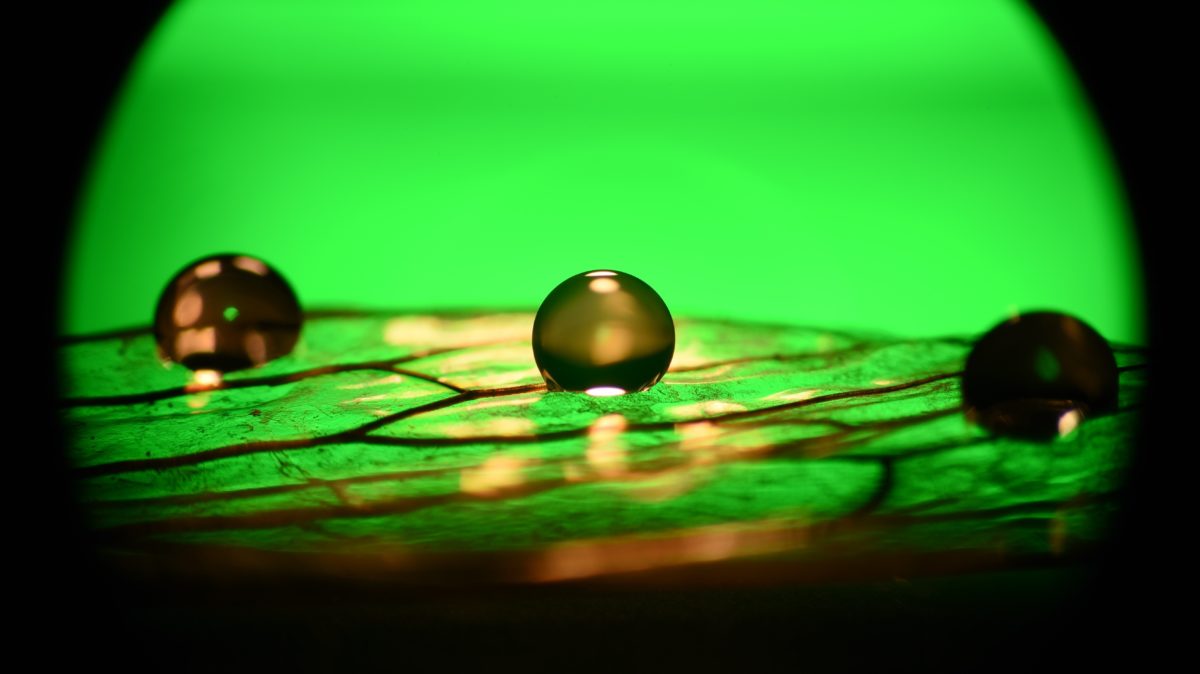Fluid Dynamics KS3 Photography Competition
***Call for entries – Deadline Friday 1st April 2022***
What is Fluid Dynamics?
Have you ever wondered why water spins down a plug hole? Why bubbles are round? Or why on the weather report they talk about high and low pressure? All these questions can be answered if you know a little something about fluid dynamics!
But what is fluid dynamics? A fluid is something that flows, such as gases and liquids, and the dynamics are their movements when they flow. Fluid flows are all around us and understanding how and why they flow the way they do is important to our everyday lives.
The following blog posts, written by some of our CDT students, will teach you about important properties of fluids, finding out how each influences the way a fluid moves and how we see their impact in the real-world.
Capturing fluid dynamics – KS3 Photography competition
***Students can win up to £40 in Amazon vouchers***
Explore fluids and scientific photography in our National Schools KS3 Fluid Dynamics Photography Competition 2021-2022. Find out more information about the competition. Find out more information about the competition.
Fluid dynamics is not only interesting, it can be beautiful! Take for example the planet Jupiter. The giant gas planet has storms which result in beautiful patterns on the surface. In 2016, the Juno space mission arrived at Jupiter and took many photos of the lesser seen north and south poles, shown in the photo below. These photos were very important to scientists and helped increase their understanding of the physical processes going on at the surface and in the interior of Jupiter.
 Figure 1: See more photos of Jupiter.
Figure 1: See more photos of Jupiter.
Scientific photography, such as the photos from the Juno mission, can be incredibly helpful in improving our understanding of the world.
Surface Tension and Wettability: A Case Study on Scientific Images
Author: Francis Dent
Scientific imaging is important as it can demonstrate scientific concepts. Not only can we catalogue and record actual measurements in these images, but we also convey a story and showcase scientific phenomena more engagingly, making it accessible for everyone. By opening up the conversation to more people, we can have a diverse discussion about stuff that matters and help raise awareness about important issues.
 Droplets of water on the wing of a Cicada insect, taken in my laboratory at university
Droplets of water on the wing of a Cicada insect, taken in my laboratory at university
This scientific image depicts water droplets on the wing of an insect. As water is a polar molecule, meaning one end is slightly positively charged, while the other slightly negative, the molecules have a strong attraction. This is known as a cohesive force, which is why water has a high surface tension and forms spherical droplets even on some solid surfaces. This picture showcases the waterproof nature of the wing surface due to the cohesive force in the water molecules being much stronger than the adhesive force to the surface due to the unique properties of the wing’s structure. This property is what gives the wings self-cleaning and waterproof qualities.
This image was taken using an SLR camera with a macro lens. A special green back light was used in this laboratory set-up as it gives a high contrast between the subject and the background, making it easier to get quantitative data in our experiments. It is important to frame the picture well with the subject clear and focused, showcasing the details you want to see. In this case, the main subject is the central water droplet which is in sharp focus in the centre of the image. Part of the wing structure can also be seen as this makes it more clear what the photo is of.
Although the top image was taken in a laboratory environment, images can be reconstructed from simple observations in everyday life. Below is a picture that demonstrates the same underlying concepts, where the morning dew has formed spherical droplets on the blades of grass in my garden.
 Morning dew on grass pictured in my garden.
Morning dew on grass pictured in my garden.
